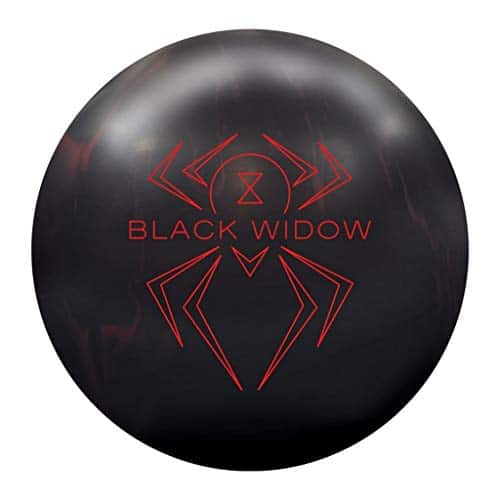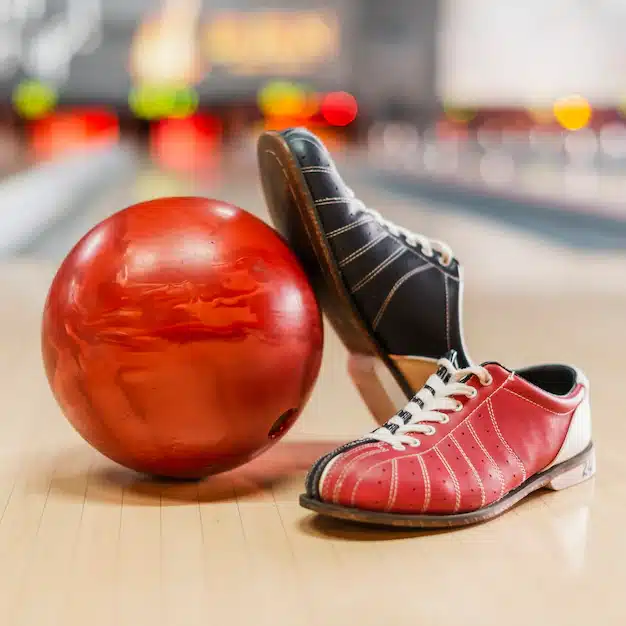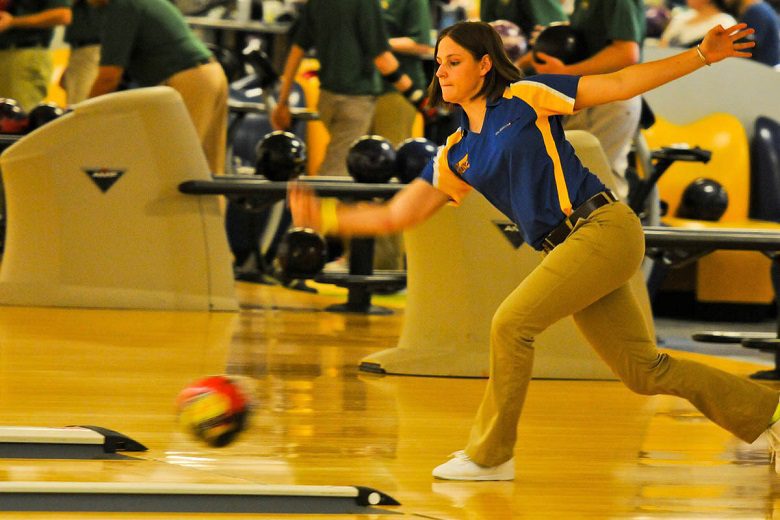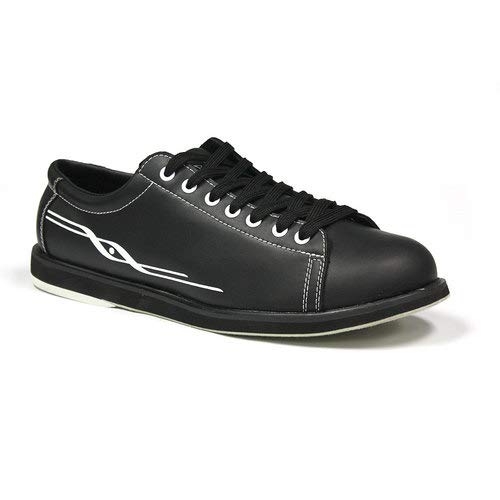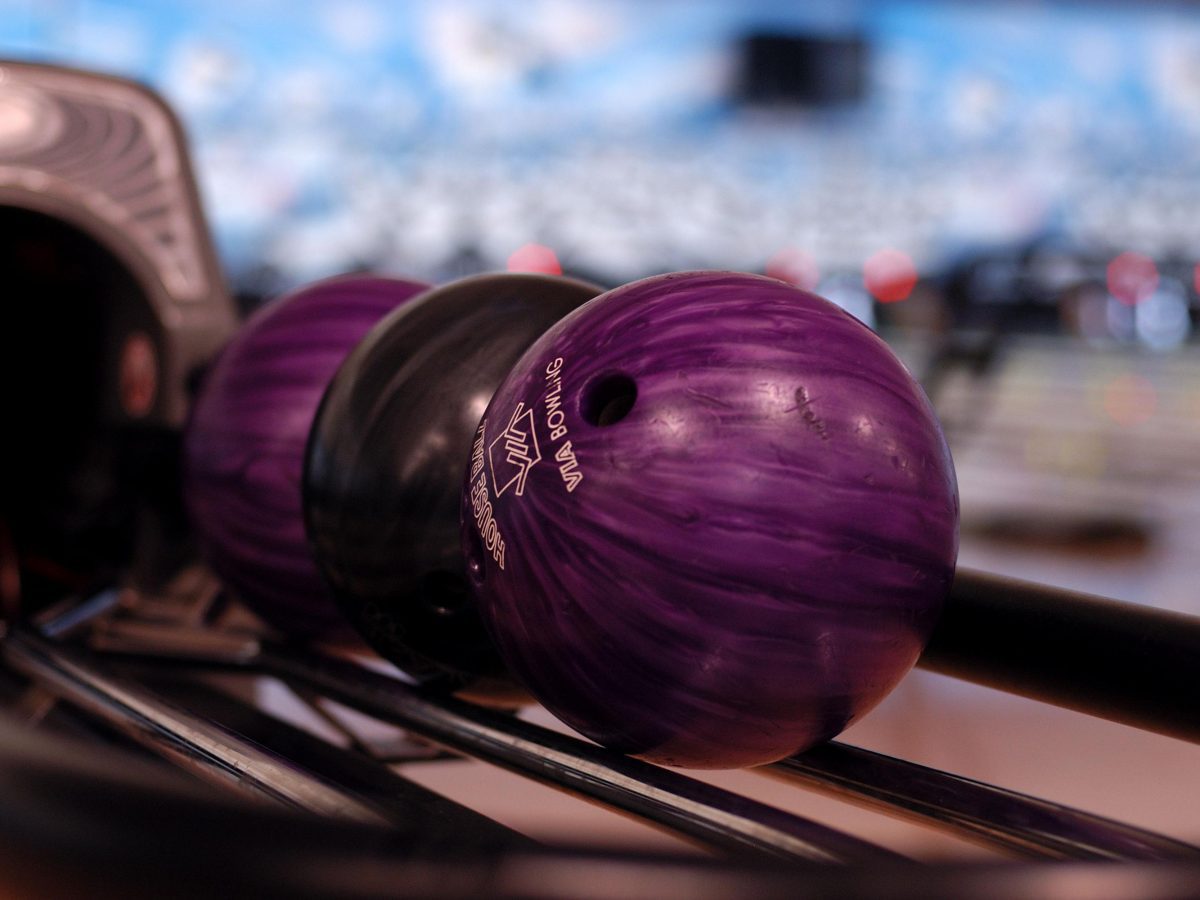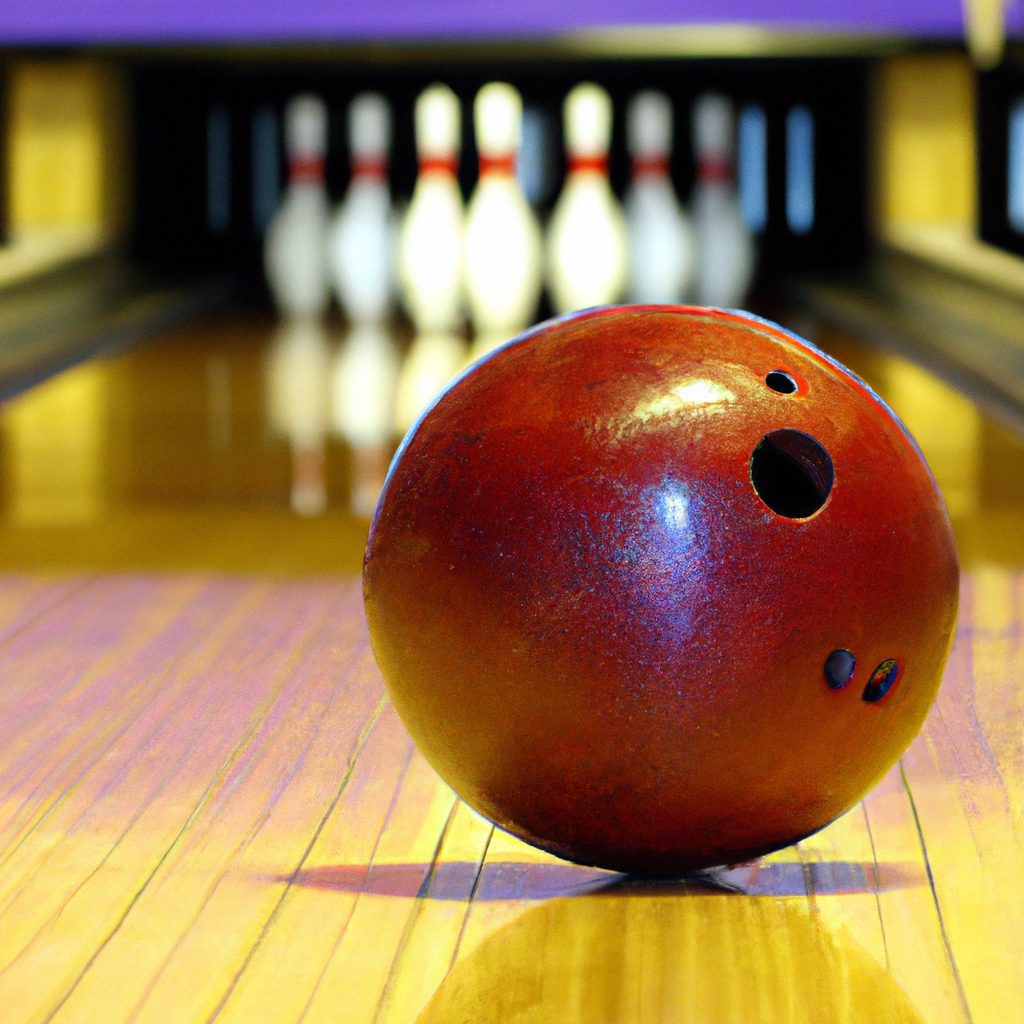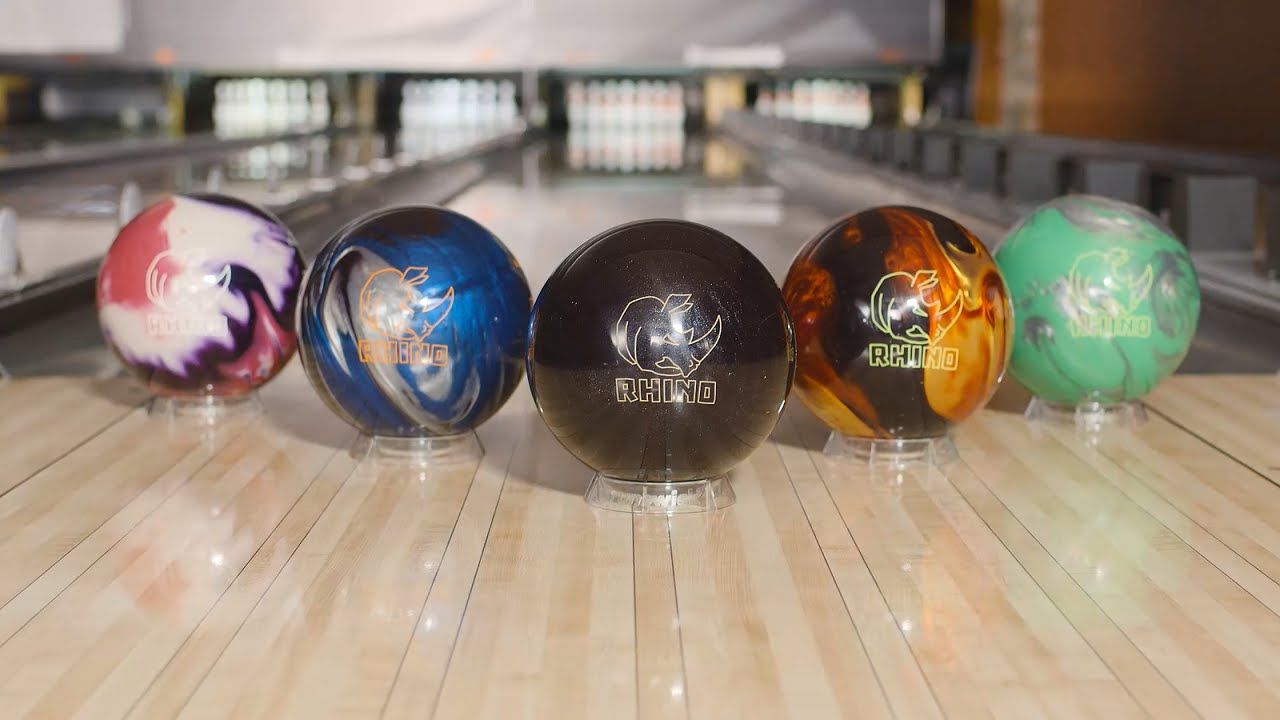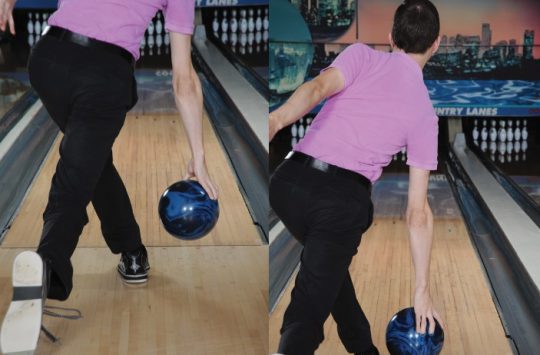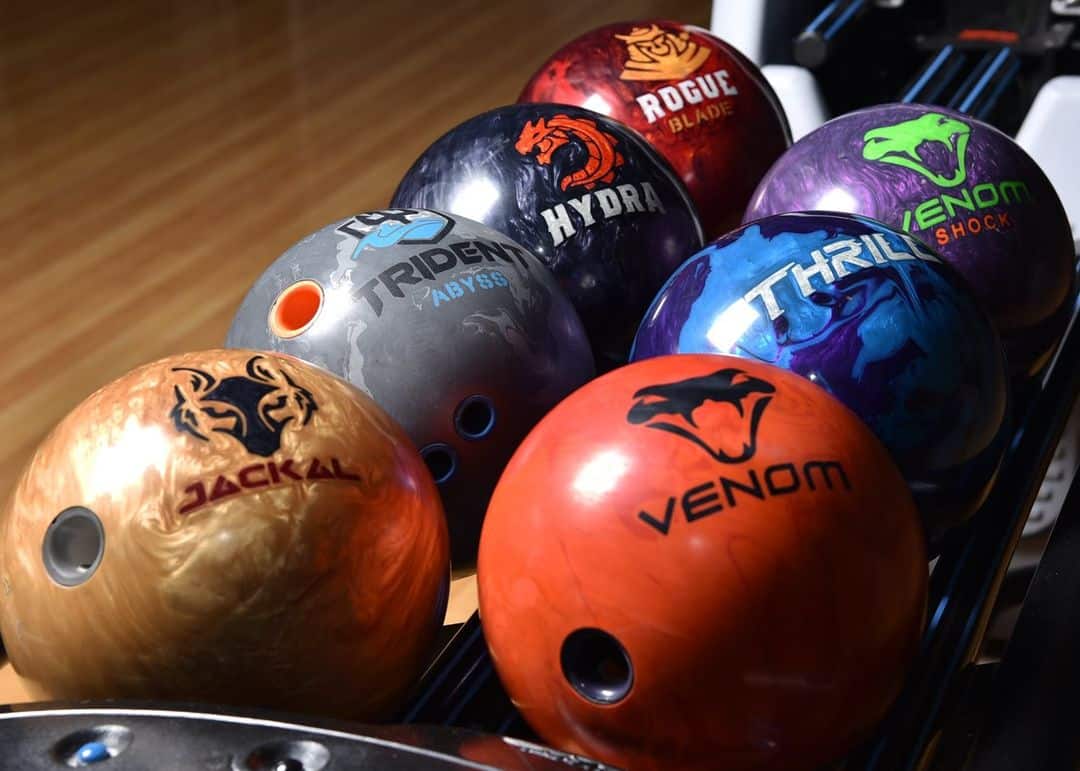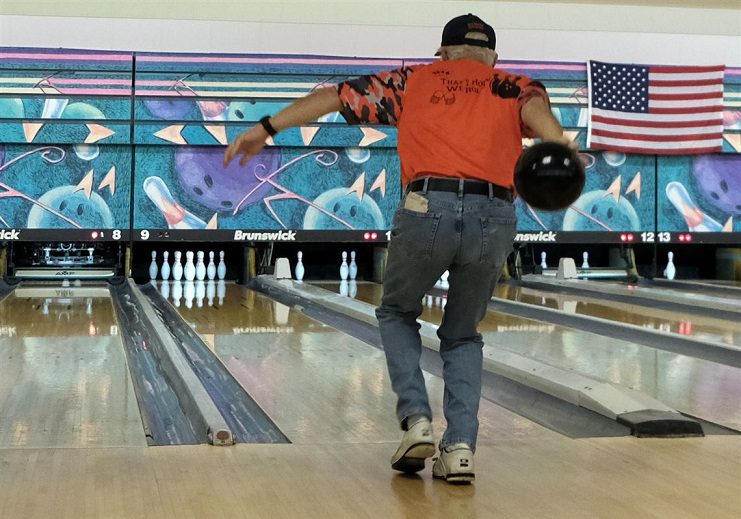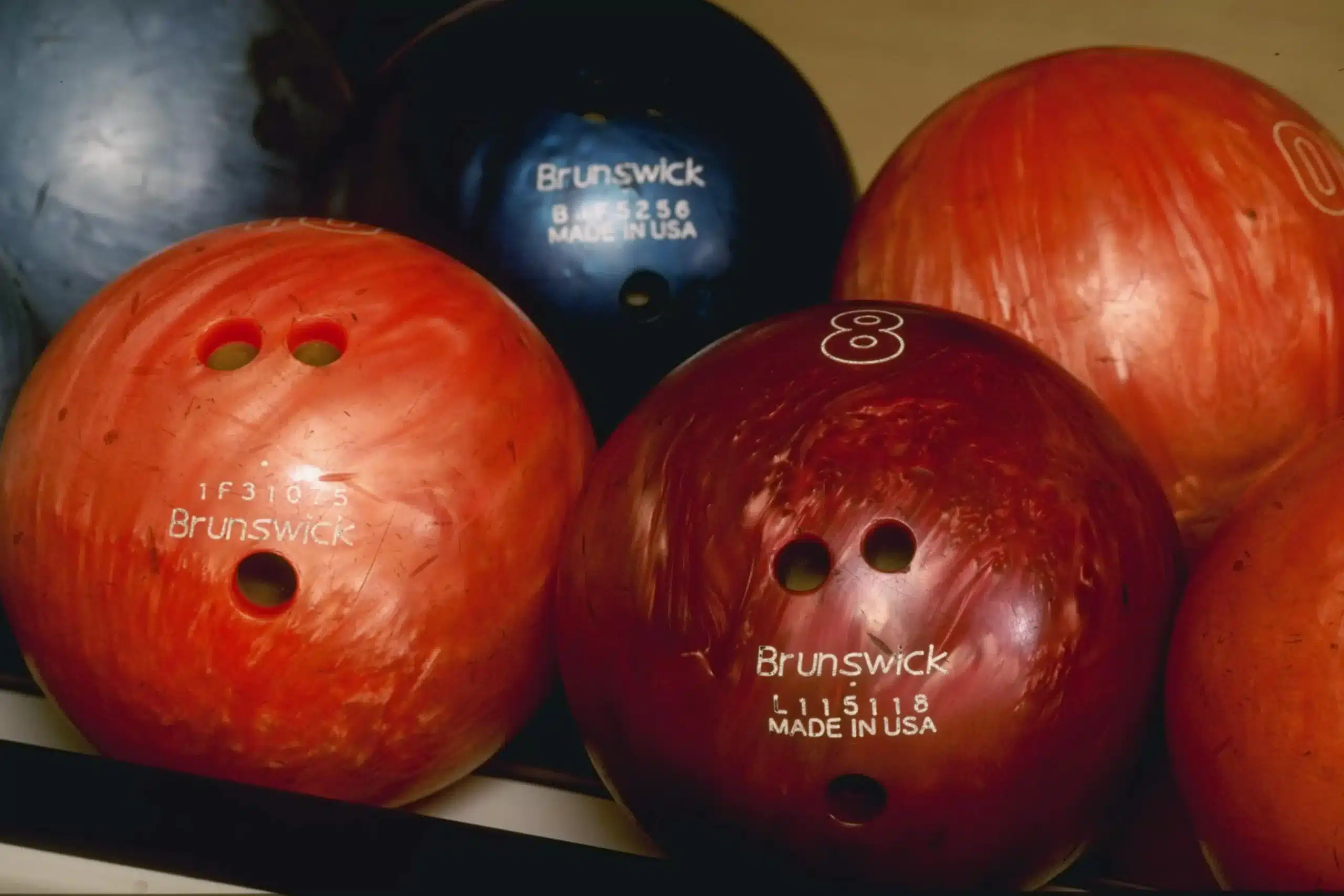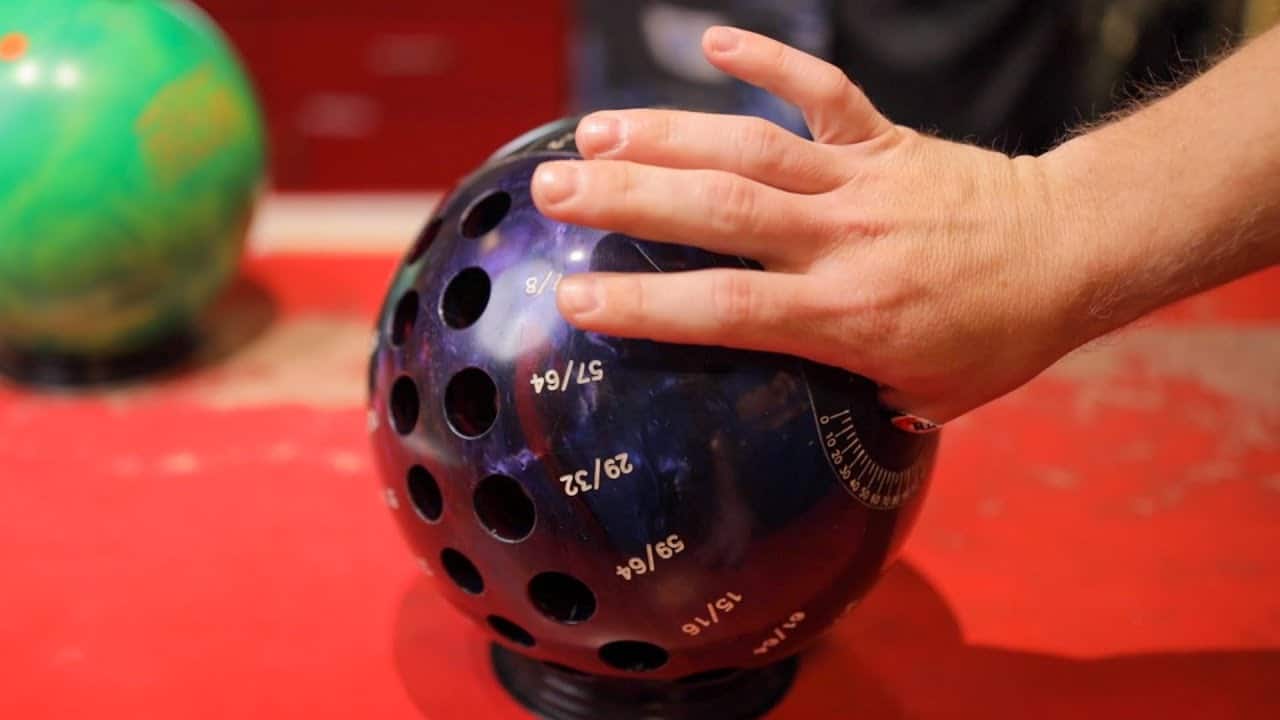Ladies and gentlemen, have you ever wondered about the legality of sanding your beloved bowling ball? Well, fear not; we are here to provide you with all the answers and insights you seek! In this article, we will explore the intriguing world of sanding bowling balls and address the burning question of whether it is allowed within the confines of the sport. So, please sit back, relax, and let us embark on this delightful journey of discovering the legality of sanding your trusty bowling ball.
Review contents
Is It Legal To Sand Your Bowling Ball?
Overview of Sanding in Bowling
When it comes to bowling, it’s not uncommon for players to make various alterations to their bowling balls to optimize performance. One such alteration is sanding the bowling ball. Sanding is removing the outer layer of the ball’s surface to create a different texture. This can be done to adjust the ball’s reaction to the lane, allowing players to adapt to different oil patterns and lane conditions.
Rules and Regulations in Competitive Bowling
Before we dive deeper into the legality of sanding your bowling ball, it’s essential to understand the rules and regulations in competitive bowling. Different organizations, such as the United States Bowling Congress (USBC), have established guidelines to maintain fair play and uphold the integrity of the sport.
The USBC has specific rules regarding the surface of a bowling ball. According to their rules, the ball’s surface must have a positive difference of 1.32 units of Ra (Roughness Average) concerning the original ball surface. This means sanding your bowling ball is allowed if the roughness average does not exceed the specified limit.
Understanding Ball Surface Alterations
When sanding a bowling ball, the goal is to change its surface texture, which can impact its overall performance. The surface texture of a bowling ball affects how it interacts with the lane and oil patterns, ultimately influencing its hook potential and ball motion.
Players can either increase or decrease the ball’s overall hook potential by altering the surface through sanding. A smoother surface reduces hook potential, providing a more controlled and consistent reaction. On the other hand, a rougher surface can increase hook potential, allowing the ball to grip the lane and make sharper turns.
Types of Bowling Ball Surfaces
Bowling balls come with different surface finishes out of the box, each with its characteristics. The most common surface finishes found on bowling balls include:
- Polished: This is the smoothest surface finish, typically on high-performance bowling balls. A polished surface reduces friction with the lane, resulting in less hook potential and a more skid-flip reaction.
- Matte: A matte surface finish offers a balanced level of roughness. It provides moderate friction, allowing the ball to grip the lane while maintaining controllable motion.
- Sanded: A sanded surface finish is achieved by removing the outer layer of the ball’s surface through the sanding process. This increases the ball’s surface roughness, creating more hook potential and changing its reaction on the lane.
Advantages of Sanding a Bowling Ball
Sanding a bowling ball offers several advantages for players looking to enhance their performance on the lanes. Here are some notable benefits:
- Lane Adaptability: Players can alter its surface by sanding a bowling ball to adapt to different oil patterns and lane conditions. This allows for increased versatility and the ability to adjust the ball’s motion accordingly.
- Increased Hook Potential: A sanded surface increases the ball’s hook potential, providing more pinpoint accuracy and striking power. With the proper technique and lane conditions, sanding can significantly improve a player’s scoring potential.
- Consistent Ball Reaction: Sanding can help create a more consistent ball reaction from shot to shot. By removing the factory finish and customizing the surface texture, players can fine-tune their ball’s motion for optimal performance.
Potential Disadvantages of Sanding a Bowling Ball
While sanding a bowling ball can be advantageous, there are also potential drawbacks to consider:
- Decreased Length: Sanding the ball’s surface can reduce the length it travels before hooking. This means that a sanded ball may not perform as well on drier lane conditions, where length is as crucial as a polished or matte-surfaced one.
- Increased Lane Dependency: A sanded ball responds more to oil patterns, making it more susceptible to lane conditions. If the oil pattern changes or the surface becomes too worn, the sanded ball may not react as expected, leading to inconsistent performance.
- Regular Maintenance: Sanded surfaces require more maintenance than polished or matte surfaces. As the surface texture wears off, the ball may need resurfacing to maintain its desired performance.
Factors Affecting the Legality of Sanding
Determining the legality of sanding a bowling ball depends on several factors. One of the crucial factors is the specific rules and regulations of the organization or league in which you are competing. Different leagues may have varying guidelines regarding ball surface alterations, including the level of roughness allowed.
It’s essential to familiarize yourself with the rules of your league or competition to ensure you don’t breach any regulations. Sometimes, you may need to undergo a ball inspection before a competition to ensure compliance with the specified surface roughness limits.
Determining the Legality of Sanding
To determine the legality of sanding your bowling ball, there are a few key steps to follow:
- Review League Regulations: Start by familiarizing yourself with the rules and regulations of your league or competition. Look for any specific guidelines regarding ball surface alterations, including sanding.
- Measure the Roughness Average: Use a roughness measuring device like a digital surface analyzer to measure your ball’s roughness average. Compare it with the allowed limit stated in the league regulations. If the roughness average exceeds the limit, you may need to adjust or resurface the ball.
- Seek Official Approval: If you are unsure about the legality of sanding your bowling ball, contact the league or organization officials for clarification. They will be able to provide you with the necessary information and guidance to ensure compliance with the rules.
Professional Opinions on Sanding
The opinions of professional bowlers regarding sanding are varied. Some believe sanding can be a valuable tool for adapting to changing lane conditions, while others prefer maintaining the ball’s original surface finish.
Many professional bowlers choose to have multiple bowling balls with different surface finishes in their arsenal. This allows them to switch balls depending on the lane conditions and oil patterns they encounter during competition. They can optimize their performance and adapt to the changing environment by having options with various surface finishes.
Alternatives to Sanding Your Bowling Ball
If you are hesitant about sanding your bowling ball or if it’s not allowed in your league, alternative methods exist to adjust its surface texture. Here are a few options to consider:
- Polishing: Instead of sanding, you can have your ball polished at a bowling pro shop. Polishing can help reduce the ball’s hook potential and create a smoother reaction on the lane.
- Use Different Bowling Balls: Instead of altering the surface of your existing bowling ball, you can invest in multiple bowling balls with different surface finishes. Depending on the lane conditions, this allows you to switch between balls without sanding.
- Consult a Professional: If unsure about the best approach for your bowling style and conditions, consider consulting a professional coach or pro shop staff. They can provide expert advice on the ideal surface finish or alterations to match your playing style.
Conclusion
In conclusion, sanding your bowling ball can be a legal and effective way to enhance your performance on the lanes, provided it complies with the rules and regulations of your league or competition. By understanding the advantages and disadvantages of sanding and considering alternative methods, you can make an informed decision that suits your bowling style and preferences. Remember always to review the guidelines of your chosen organization and seek official approval if you have any doubts. So, grab your favorite bowling ball, whether sanded or not, and enjoy the bowling game!




![Spare bowling ball Top 10 in 2024. (reviews) Top 10 Best Spare Bowling Balls [2021 Reviewed]](http://landofbowling.com/wp-content/uploads/2021/07/Top-10-Best-Spare-Bowling-Balls-2021-Reviewed.jpg)






